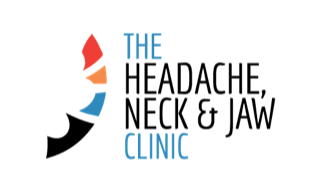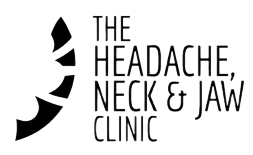Different surgeons have different post op protocols, but we all agree that the point of surgery is to be in a better state after surgery than before. We have worked with almost all Brisbane’s top Jaw Surgeons to develop our protocol and our simplest outcome measure for any jaw intervention is range of motion, so it helps to know what normal range actually is.
Normal jaw opening range of motion is approx. 45mm, or opening wide enough to fit 3 of your fingers (tiered sideways) in your mouth.
Anything below 35mm is dysfunctional. 95% of our jaw movements only use 35mm or opening (2 fingers). Less than 35mm means the jaw can’t do its daily tasks, so your brain finds compensatory or cheat movement in your neck or jaw. Eating is a primary function, so your brain happily compromises and sacrifices tightness and pain in neck muscles so you don’t perish by starvation. We won’t even start talking about how jaw function and breathing are linked.
A locked jaw requiring an arthrocentesis will have between 16 and 32mm of opening range, normally with pain and a deflection towards the side of pain
Post Op Range of Motion (ROM) Measures
We will measure how wide your jaw opens comfortably in millimetres, with an expectation of 25 to 35mm opening and 5mm to 7mm of side-to-side movement. Quite often, we will have seen you preoperatively and have helped facilitate your surgical appointment, so we will already have an idea about the immediate post op outcome.

With physiotherapy, we aim to gain 2mm to 3mm of opening each session (doesn’t sound like much but is a 10-15% change). We aim for >40mm at 6 weeks post op.
Common Range of motion scenarios for determining appointment schedule at 2 weeks:
If ROM <35mm opening
- 2x sessions per week until we achieve this goal
- Occasionally 3x sessions per week is required if pain is severe
If ROM >35mm opening with associated pain
- 1x weekly session
- Consider pain relief options eg medication review with your surgeon or acupuncture
If ROM >35mm with no pain
- fortnightly to progress exercises until 45mm straight line opening is achieved
Click here for more information on jaw pain.
Jaw Pain
Pain can be used as a diagnostic criteria and outcome measure for any therapeutic jaw intervention, whether it be an arthrocentesis, occlusal splint, or conservative physiotherapy treatment.
Jaw pain patterns are a predictor of what is the underlying cause of your TMJ dysfunction. There are literally no pain receptors in the jaw joint itself, so any pain you get in this area is actually coming from the surrounding structures becoming stressed, usually by compensating for a loss of opening range of movement (less than 35mm)
Pain as an Arthrocentesis Outcome Measure
Any movement below 35mm involves a cheating compensation which is overloading joints and muscles. Clinically, this means even after surgery, unless you can achieve 35mm, you will most likely continue to have pain. This isn’t a problem, it’s part of the healing process. Your pain medication plays an important role early as pain leads to a jaw clenching response, which limits range which in turn causes more compensatory movements, thus completing the cycle and achieving an undesirable outcome
Range of Motion as a Predictor of Pain
Any movement below 35mm involves a cheating compensation which overloads surrounding joints, structures and muscles, leading to pain. Some common patterns we see are listed here, though a stiff jaw can be perfectly pain free.
| Range of Motion (ROM) | Expectation |
| <30mm | pain at rest |
| Between 30mm and 36mm | pain on use |
| Between 36- 42mm | mostly pain free with pain on exertion |
| >42mm | pain free |
Example 1
If you only have 25mm of jaw opening, we are going to expect that there is pain at rest. As you ROM improves with whichever treatment modality you choose (occlusal splints, surgery, physiotherapy) we won’t expect to get pain resolution until you get closer to 38 to 40mm of functional movement.
But wait, my jaw opens wide and I still have lots of jaw pain?
If this is your scenario, it is more than likely that you have referred pain originating in the neck as a result of a neural irritation. The spinal nerves from the top of the neck communicate with the nerve that looks after your jaw (Trigeminal nerve) in the brainstem, and is a common contributor to cervicogenic headache. Once correctly diagnosed, this has quite a successful treatment pathway.
Contact the Headache Neck and Jaw Clinic for more information about jaw treatment assessments and options.

Nigel Smith, co-founder of The Headache, Neck & Jaw Clinic, has over 20 years of experience as a specialist physiotherapist in jaw, neck, and headache pain management. Initially pursuing sports physiotherapy, Nigel found his true calling in TMJ treatment following a chance encounter with an oral surgeon.
His personal experience with TMJ issues and his dedication to developing conservative treatment pathways have made him a go-to expert for Dentists and oral surgeons seeking alternatives to surgical options.
Nigel’s commitment to excellence includes advanced training with the Watson Headache® Institute and lecturing at the University of Queensland. His expertise, backed by decades of hands-on practice and training, makes him a respected leader in this niche field. You can read more about my background, here.

